Introduction to Teaching Philosophy Statements
As part of undertaking my Postgraduate Certificate in Academic Practice, I had to produce a Teaching Philosophy Statement. I’m drawn to the approach the University of San Diego (2023) takes to introduce the Teaching Philosophy Statement, which I think sets the tone well:
The life of a teacher is an extremely busy one. From early morning until long after dark, teachers dedicate the better part of their day to their students. Amid the lesson planning, the snack breaks, the recess duty, grading and the myriad other daily tasks, it can be easy to lose sight of the why of teaching.
Why are you drawn to the classroom, and what is it about your love of teaching that makes it a fulfilling career? What’s the overarching philosophy that guides your teaching practice? Even on the busiest school days, every teacher should be able to explain their “why” by returning to their teaching philosophy.
(University of San Diego, 2023)
A Teaching Philosophy Statement is absolutely something all Higher Education practitioners can reflect upon. It is not just the realm of academics. A teaching philosophy statement sets out core beliefs about the purpose of teaching, it sets out an individual’s approach and justifies why this is their approach. I found it a thoroughly enjoyable activity!
Lee – why share your Teaching Philosophy Statement now?
This is a good question! After all, I’ve technically left Learning Development. But, I have two very good reasons for sharing this now.
- I want to call on Learning Developers to write their Teaching Philosophy Statements and share them. Do it now! This will provide a rich discussion about the teaching philosophy of Learning Development. It will reflect the diversity of the profession, and allow further discussion around the values established by ALDinHE and how they are applied in the profession.
- I must acknowledge my teaching philosophy is changing. I am now a Lecturer in Education Studies. I want to share my Teaching Philosophy Statement as it stood a year ago. I promise to re-visit this in another blog post and update my statement for my new context. It will provide an opportunity to reflect on any similarities and differences. I think this is an exciting way to continue reflecting on that transition from thirdspace professional towards academic.
This is why my post is titled the ‘teaching philosophies’ of Learning Development. I think we need to acknowledge these statements will be numerous and diverse – just like the profession. Learning Development is a profession I still very much care about. While I may now work as a Lecturer in Education Studies, a core part of my scholarship and research will be dedicated to Learning Development. It’s why I am still involved closely with ALDinHE – and am a member of LearnHigher and the JLDHE Editorial Board.
So! Here it is – my teaching philosophy from my time as a Learning Developer…
My Teaching Philosophy Statement (2022)
My aspirations
As a Learning Developer, I feel my aspirations are very driven by my profession. Hilsdon (2011:14) defines Learning Development as the “teaching, tutoring, research, design and production of learning materials, as well as involvement in staff development, policy-making and other consultative activities” in support of student academic success. However, I believe student success can never be built on dependency, so for me, effective Learning Development must also build student independence and self-efficacy. As much as I aspire to help students, my true goal is for students to become self-sufficient so they do not need me.
Philosophical underpinning
The signature pedagogy of learning development is arguably academic literacies (Lea & Street, 1998; 2006). This approach acknowledges that writing, learning, and other academic practices are not isolated ‘skills’, but are complicated literacies situated within disciplinary discourses and power frameworks (Lea & Street, 1998). Acknowledging these complexities is vital for me to identify and confront what is not taught or is assumed – constituents of the null (Kazemi et al., 2020) and hidden curriculum (Hinchcliffe, 2020). As a Learning Developer, I work within the hidden curriculum to expose and challenge it. My role as a 3rd space professional (see: McIntosh & Nutt, 2022) is very much an enabler.
Teaching methods and assessment
The most established teaching method in learning development is the one-to-one appointment. As learning is both a complicated and individual process, such appointments allow students to engage in these complexities with full acknowledgement of what they already know and understand. As represented by Webster (2018), both students and Learning Developers bring knowledge to such appointments and operate with different levels of agency. Depending on the appointment, this can frame my role as mentor, listener, teacher, and coach. I often have to informally assess students to determine how to best support them, and which of those roles I might need to take.
The most significant challenge has been scaling Learning Development beyond appointments to help more students, and there are three approaches I have taken. Firstly, there is workshop-based instruction, which allows similar principles from appointments to be applied in a group situation, extending capacity. Second is the creation of self-support resources like University of Hull (2021) SkillsGuides. These allow students to access help at a time that is convenient. Finally, there is ‘integrated practice’ which involves directly teaching in timetabled sessions as part of the curriculum. Integrated practice is arguably the best and most inclusive way to increase access to Learning Development.
While I do not set or mark student work, I do have a role in assessment. One common task involves helping students prepare for an assessment set as part of their course. This can be as simple as demystifying the essay in an appointment or teaching a whole class the principles of public communication to help them write a wiki article. I also support students with formative feedback to help them develop their response to an assessment, or provide them summative feedback on a previously marked piece of work to help them develop further. For me, this is all about supporting student learning.
Inclusivity at the heart
Inclusivity is a core value of my practice. I have worked hard to promote inclusive practices, helping ensure students can be successful no matter their background, neurodiversity, or protected characteristics. This goes beyond legal obligation – it is simply the only ethical approach to teaching. Furthermore, I aspire to uphold the ALDinHE[1] (2018) Manifesto for Learning Development, which strives to increase participation in HE and legitimise different forms of student knowledge. As I work across all disciplines taught at Hull, I need to respect different approaches to knowledge too.
Looking to the future
For me, the PCAP is an opportunity to improve my teaching further. I now have over 10 years of experience working in HE, and I still have things to learn. I’m proud of my Senior Fellowship with the HEA and fully intend to work towards Principle Fellowship in the future. I’m also keen to maintain my professional accreditations with ALDinHE and Microsoft Education, as well as gain my accreditation with the Association of Learning Technology (ALT).
[1] Association of Learning Development in Higher Education – the professional body for learning developers
Writing your own Teaching Philosophy Statement
As I shared in my introduction, I’d love to see more Teaching Philosophy Statements shared from Learning Developers. If you want to know where to start, check out this guide: What Is a Teaching Philosophy? Examples and Prompts. Please share yours and pop the link in the comments section below.
References
ALDinHE (2018) Manifesto for Learning Development. Education, Association for Learning Development in Higher Education. Available online: https://drive.google.com/file/d/1KJnC7e2l5xnA44FWsOxaKkKNx4SQKlX2/view [Accessed 19/04/2022].
Hilsdon, J. (2011) What is learning development?, in Hartley, P., Hilsdon, J., Keenan, C., Sinfield, S. & Verity, M. (eds), Learning development in higher education. Basingstoke: Palgrave Macmillan, 13-27.
Hinchcliffe, T. (ed), (2020) The Hidden Curriculum of Higher Education. Advance HE.
Kazemi, S., Ashraf, H., Motallebzadeh, K. & Zeraatpishe, M. (2020) Development and validation of a null curriculum questionnaire focusing on 21st century skills using the Rasch model. Cogent Education, 7(1), 1736849.
Laurillard, D. (2002) Rethinking university teaching: A conversational framework for the effective use of learning technologies. London: Routledge.
Lea, M. & Street, B. (1998) Student writing in higher education: An academic literacies approach. Studies in Higher Education, 23(2), 157-172.
Lea, M. & Street, B. (2006) The “Academic Literacies” Model: Theory and Applications. Theory into Practice, 45, 368-377.
McIntosh, E. & Nutt, D. (eds) (2022) The Impact of the Integrated Practitioner in Higher Education: Studies in Third Space Professionalism. Oxon: Taylor & Francis.
University of Hull (2021) SkillsGuides. Available online: https://libguides.hull.ac.uk/SkillsGuides/ [Accessed 23/04/2021].
University of San Diego (2023) What is a Teaching Philosophy? Examples and Prompts. Available online: https://pce.sandiego.edu/teaching-philosophy-examples [Accessed 26/01/2023]
Webster, H. (2018) How to implement effective 1:1 tutorials, Association of Learning Development in Higher Education Annual Conference. University of Leicester, 26th – 28th March. Leicester: Association of Learning Development in Higher Education.
Header photo generated by DALL-E 2 AI








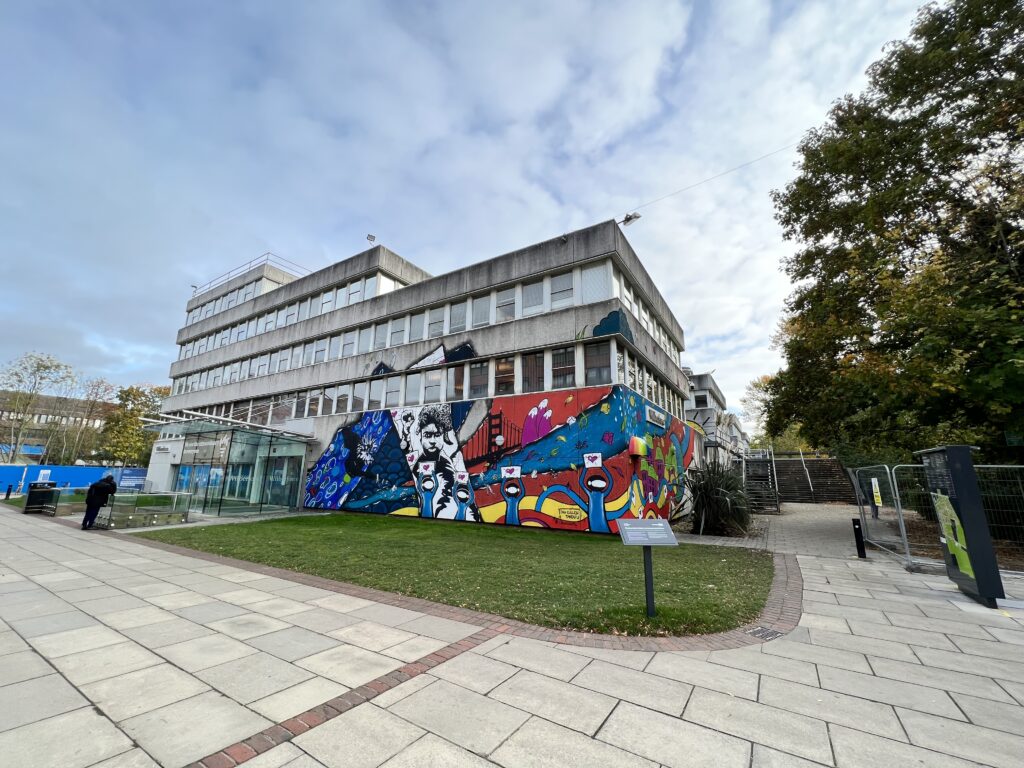
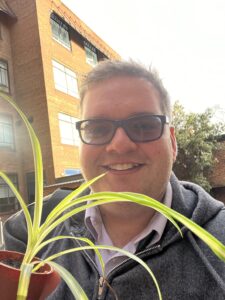
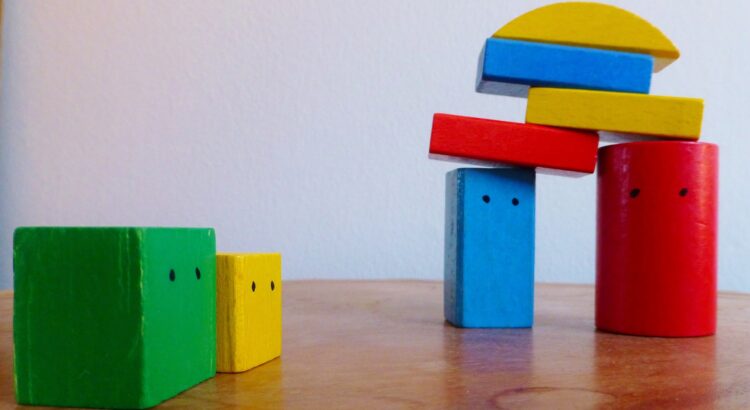



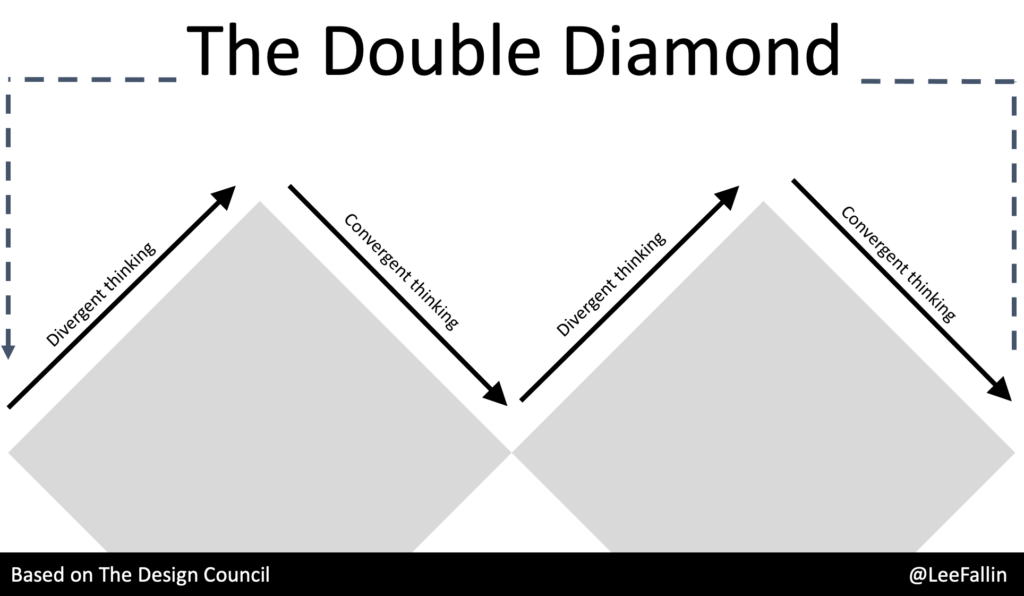
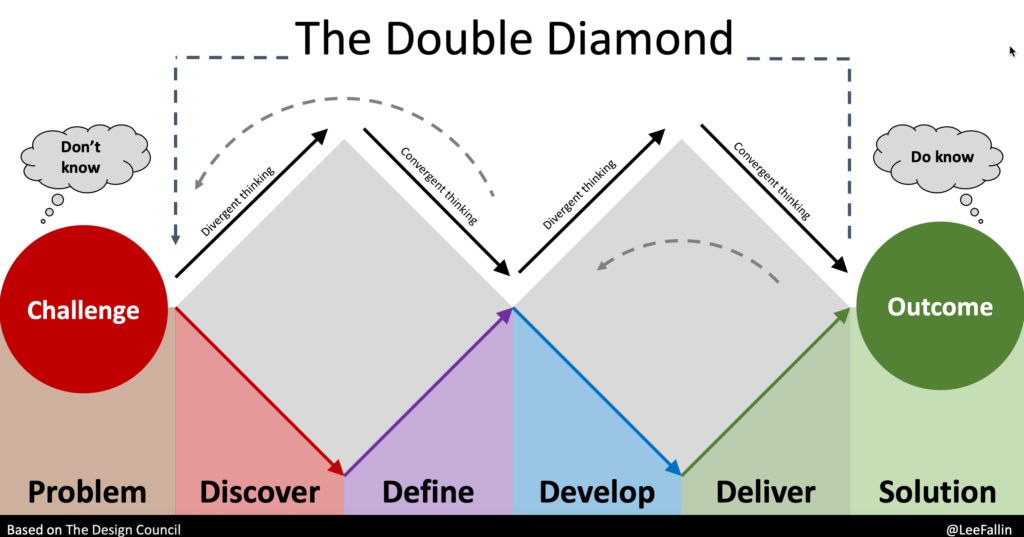
Recent Comments